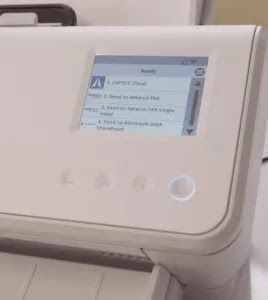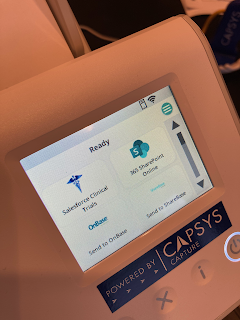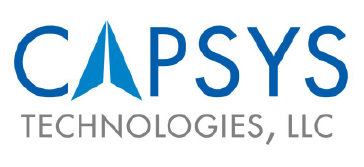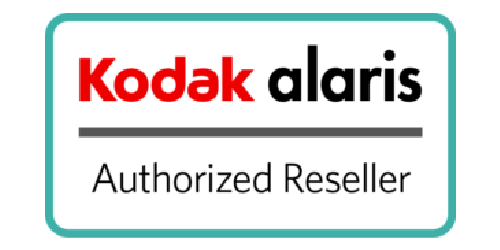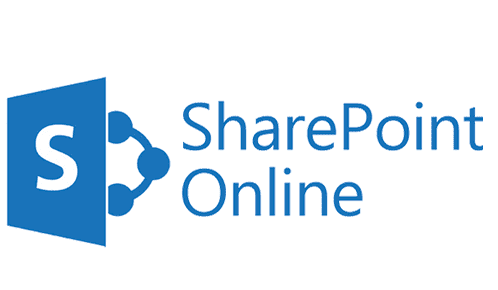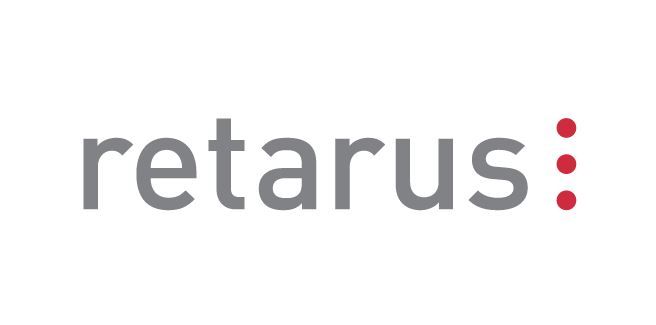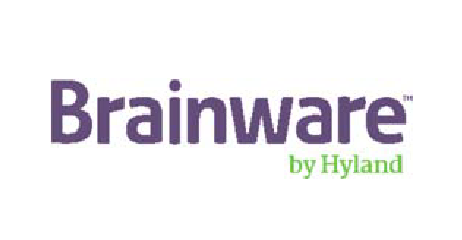BPA | Workflow Consulting,
Implementation, and Support
On Time, Within Budget,
No Surprises!
In today’s fast paced business climate and a constantly changing digital world, IDT’s Professional Services will help you accelerate your business processes using automation while delivering a rapid Return on Investment - within budget - while improving your overall internal and external customer facing experiences.
IDT is committed to helping your organization maximize your ECM technology investment so you can best serve your employees, trading partners and your customers. See below how we can help your organization.
Business Process Analysis (BPA) | Workflow
IDT's expert Business Process consultants take the time to carefully understand the Current State of your critical business process(es) and help craft your Future State at every phase of your information management and digital transformation journey, supporting your organization as your ECM solutions mature and expand.
Our industry experts’ mentor and partner with our customers every day, as we deliver your leading information management and content service platform solutions. Our goal is for YOU to be the strategic owner of your business process and workflow solutions.
Providing you with a Strategic Roadmap
The content management and information management industry itself is evolving quickly and those tasked with delivering content and data-driven solutions are also facing a rapid evolution.
We help our customers navigate through this rapid evolution process using proven, predictable tactics, including how to leverage a tactical technology roadmap that simplifies effective information management, for true digital transformation.
We’re managing the shift from Enterprise Content Management (ECM) to Content Platform Services, often with multiple on-premises and cloud-based content repositories (including legacy platforms) so they can co-exist with each other often requiring that we take on architecting a “Hybrid-Cloud” integration approach.
These increasingly hybrid cloud platforms are emerging as strategic paths for enduring capabilities that deliver what our customers need.
Project and Program Management
As businesses strive to meet the ever-increasing demands and expectations of their clients, the need for effective project management has never been more important. Project management involves the planning, organizing, and controlling of resources to achieve specific goals within a defined timeframe, while program management focuses on aligning multiple projects and initiatives to achieve broader strategic objectives. Both project and program management require a unique set of skills and competencies, including strong leadership, communication, and problem-solving abilities.
Let IDT help implement solutions to better achieve organization and systems integration so that you can streamline operations, ramp up productivity, and ultimately reach greater success in an increasingly competitive marketplace. Here's what we can offer:
ECM Solutions and Services
Enterprise Content Management (ECM) solutions capture, store, manage, measure, process and retrieve paper and electronic data in using a single, electronic content repository. Typically, ECM solutions consist of Rapid Application Development environments and are also integrated with your primary line of business system(s) such as your ERP, CRM or other proprietary systems that you may have developed in house.
Software Upgrade Services
Keeping your solutions stable and secure is key in today’s hyper secure IT environments. IDT’s certified engineers are trained and certified in performing ECM application upgrades and know the best methods for upgrading your system and minimizing risk. ECM solution upgrades scheduled at a regular cadence, will allow your organization to take advantage of security enhancements, optimized features, improved performance, and new applications capabilities across your ECM platform.
Download and read “4 Reasons Why You Can’t Afford to Wait”
Post Implementation
Support
We're here to help and we understand the importance of having a technically competent and trusted business partner to support your organization not only during but also after your initial ECM implementation.
IDT offers a comprehensive set of post implementation support services, so your team is confident they have a qualified resource to support them when they have questions or run into technical obstacles.
Testimonials
Moving is very paper-intensive and our agents don’t get paid until the paperwork is processed. Expanding our document capture system with IDT allowed us to speed up agent payment, eliminate shipping costs, reduce central processing, and help increase agent loyalty and recruitment. It is a completely automated process and really gives us a leg up on our competitors.
Randy Valentino
VP and CTO, Bekins Van Lines
Latest Resources
IDT’s clients share our passion for results and it shows in their success. Learn more by reading our featured client results stories.
Here you will find a collection of information and resources in the form of videos, events, white papers, Q&A, and have the opportunity to read and watch what our clients are saying about their ROI-driven Content Services solutions provided by Integrated Document Technologies, Inc. (IDT).
